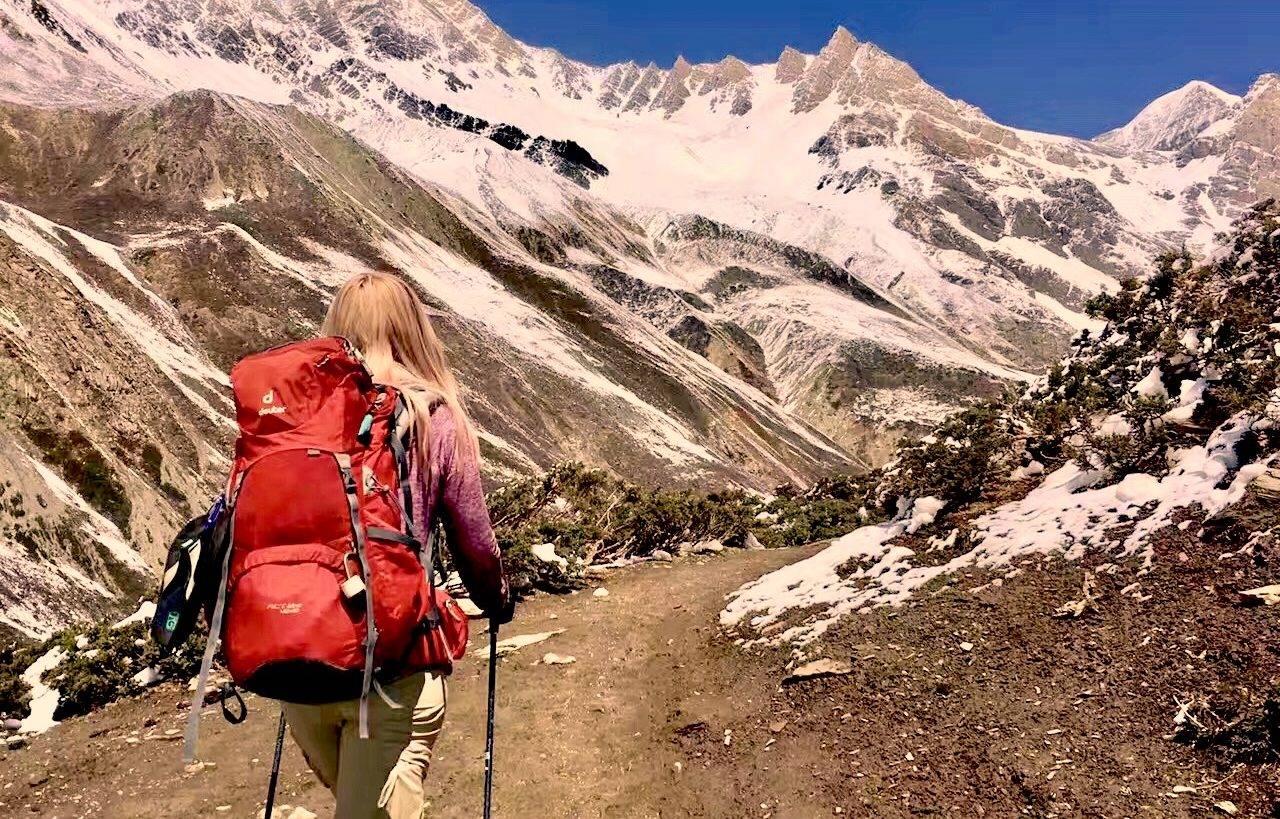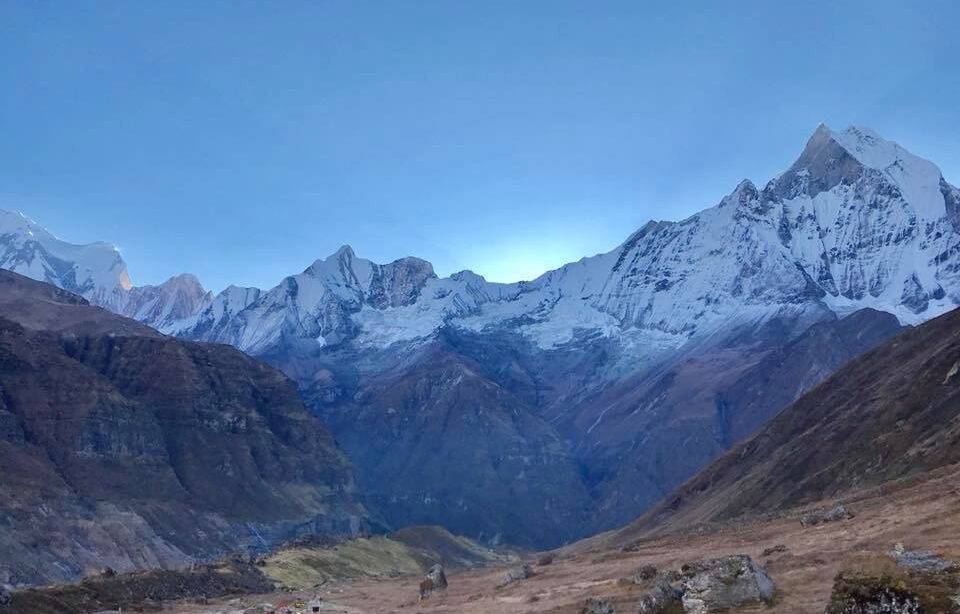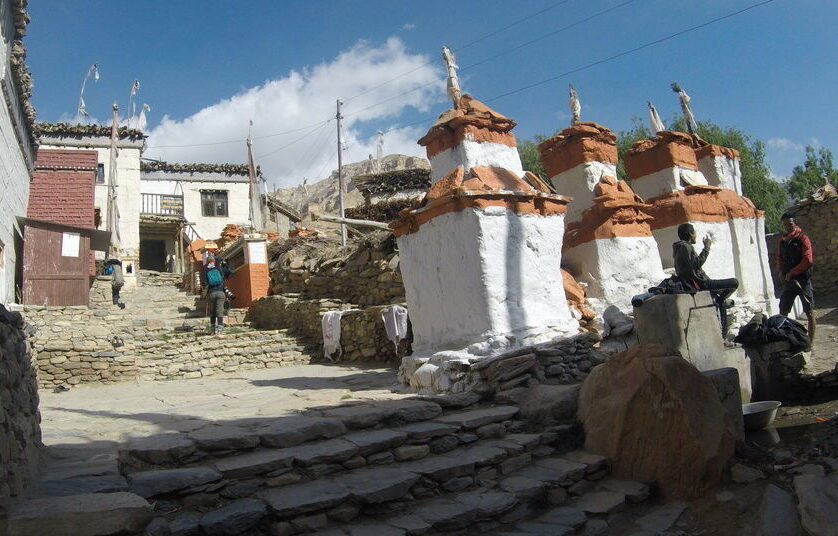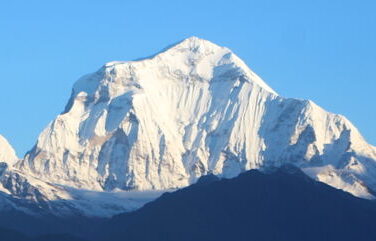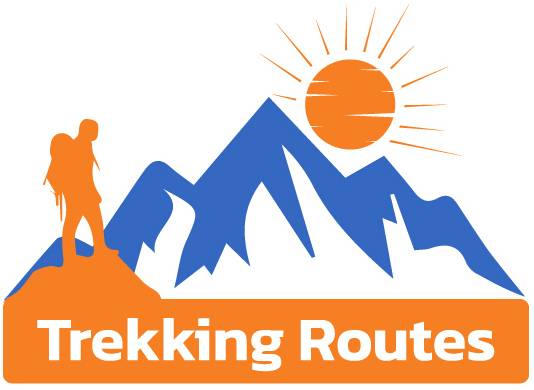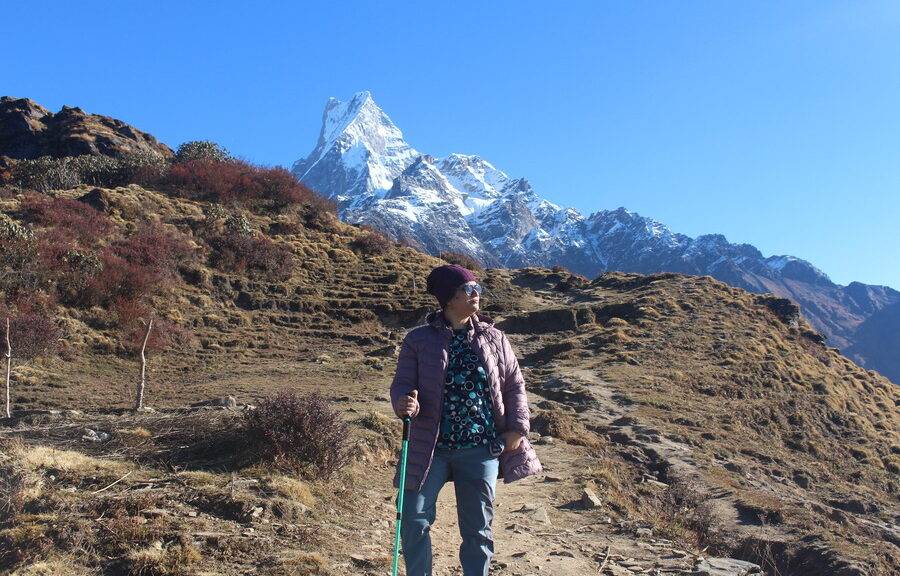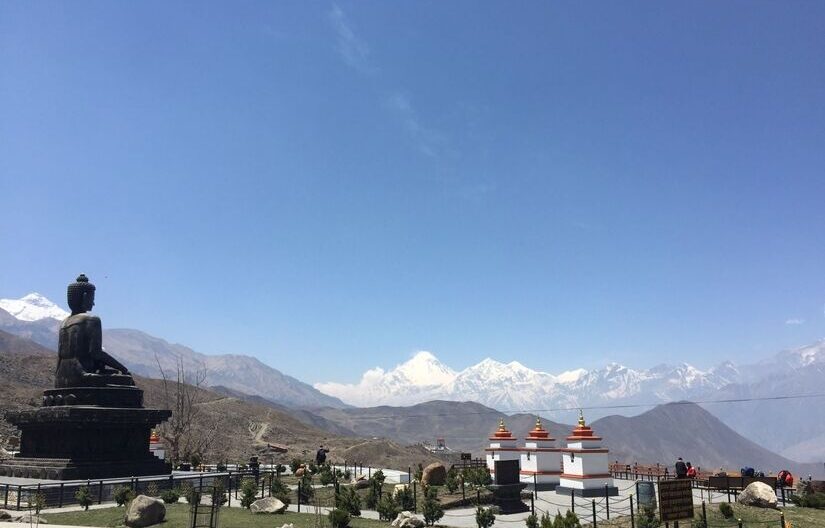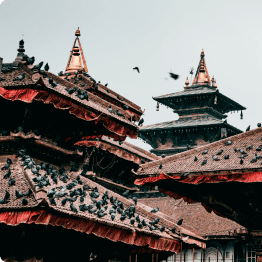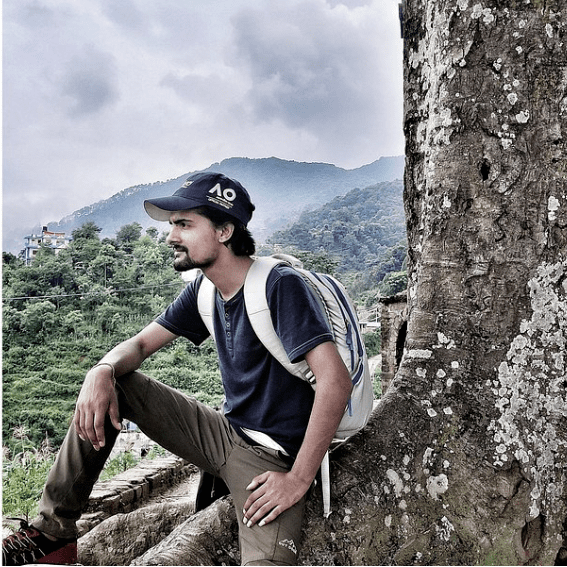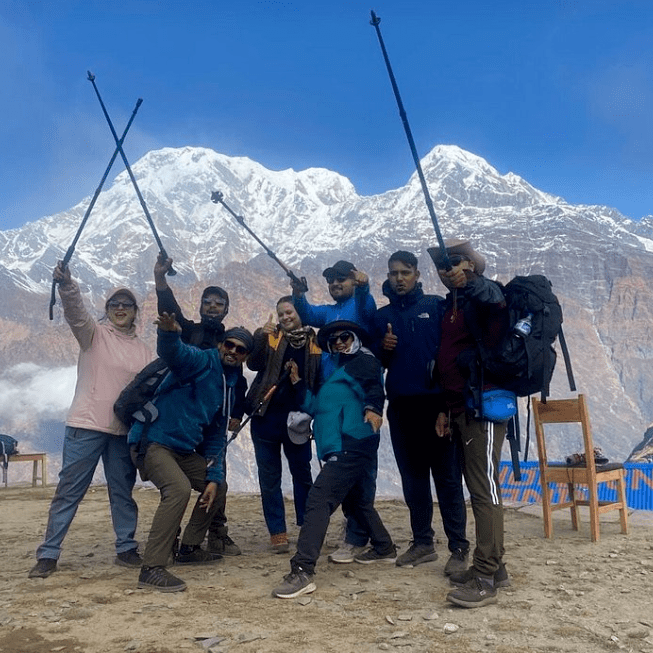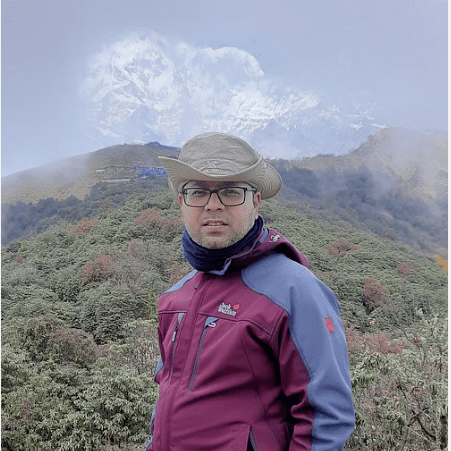Best Time to Trek to Poon Hill
The best time to trek to Poon Hill is during the spring (March to May) and autumn (September to November) seasons. These months offer stable weather, clear skies, and moderate temperatures, making it ideal for trekking. Spring brings blooming rhododendrons, adding vibrant colors to the forests, while autumn offers the clearest mountain views. Winter (December to February) can be cold, especially at higher altitudes, but the trek is still possible with proper gear. The monsoon season (June to August) brings heavy rainfall, which can make the trails slippery and less enjoyable.
Physical Fitness and Preparation
The Poon Hill Trek is a moderate trek that is suitable for beginners and experienced trekkers alike. It involves daily walks of 4-6 hours on well-marked trails, with some steep ascents, particularly on the way to Ghorepani and Poon Hill. While no prior trekking experience is required, it’s advisable to engage in regular cardiovascular exercises like walking, jogging, or cycling in the weeks leading up to the trek to build stamina. Trekking poles can be helpful for stability on steep sections. The trek is manageable for anyone with a reasonable level of fitness and a positive attitude.
Packing List
Packing wisely is crucial for a successful and enjoyable trek to Poon Hill. Here’s what you should bring:
Clothing: Layered clothing for varying temperatures, including moisture-wicking base layers, a warm fleece or jacket, trekking pants, a waterproof jacket, and gloves.
Footwear: Sturdy trekking boots with good ankle support and grip, along with comfortable socks.
Accessories: A sun hat, sunglasses, and sunscreen for protection against the sun; a headlamp or flashlight for early morning and evening walks.
Essentials: A reusable water bottle, a small daypack, trekking poles, a first-aid kit with basic medications, personal hygiene items, and a camera to capture the stunning views.
Documents: Your passport, trekking permits, travel insurance details, and some cash in Nepalese Rupees.
Health and Safety
Health and safety are paramount when trekking in the Himalayas. It’s important to stay hydrated, drink plenty of water, and avoid alcohol during the trek. While the Poon Hill Trek does not reach extreme altitudes, it’s still important to pace yourself, take regular breaks, and be aware of your body’s signals. If you experience any symptoms of altitude sickness, such as headaches, nausea, or dizziness, inform your guide immediately. It’s also advisable to carry a basic first-aid kit with bandages, antiseptic, pain relievers, and any personal medications you may need. Travel insurance that covers high-altitude trekking is mandatory.
Local Culture and Etiquette
The Poon Hill Trek passes through several traditional Gurung and Magar villages, where you’ll have the opportunity to experience local culture and hospitality. It’s important to respect local customs and traditions while trekking. Dress modestly, covering your shoulders and knees, especially when visiting temples or monasteries. Always ask for permission before photographing people, particularly in rural areas. Greet locals with a friendly “Namaste,” and be open to learning about their way of life. Supporting local teahouses and purchasing handicrafts is a great way to contribute to the local economy.
Environmental Responsibility
The Annapurna region is one of Nepal’s most beautiful and ecologically diverse areas, and it’s important to minimize your impact on the environment while trekking. Follow the Leave No Trace principles by packing out all your trash and disposing of it properly in designated areas. Avoid using single-use plastics, such as bottled water; instead, carry a reusable water bottle and use water purification tablets or a filter. Stick to marked trails to avoid damaging fragile ecosystems and refrain from picking flowers or disturbing wildlife. Support local conservation efforts by respecting wildlife and contributing to community-based projects that promote sustainable tourism.
Accessibility and Transportation
The Poon Hill Trek is easily accessible from Kathmandu, making it a convenient option for trekkers with limited time. You can either fly or drive to Pokhara, from where it’s a short drive to the trailhead at Nayapul. The roads are generally in good condition, but they can be narrow and winding in some sections, so it’s advisable to travel with an experienced driver. The return trip from Nayapul to Pokhara can be completed in the same day after the trek. If you’re prone to motion sickness, consider taking medication before the drive.
Accommodation and Dining
Accommodation on the Poon Hill Trek is in teahouses, which offer basic lodges with simple rooms, often with twin beds and shared bathrooms. Some teahouses may offer attached bathrooms at lower altitudes. The teahouses provide meals, typically consisting of traditional Nepali dishes like dal bhat (lentils and rice), as well as international options like pasta, soup, and pancakes. Meals are usually hearty and provide the necessary energy for trekking. It’s important to stay hydrated, so drink plenty of water, and consider carrying your own snacks for extra energy along the trail.
Photography Opportunities
The Poon Hill Trek offers endless photography opportunities, with stunning landscapes, cultural experiences, and majestic mountain views at every turn. The sunrise view from Poon Hill is one of the most photographed scenes in the Annapurna region, so be sure to bring your camera or smartphone to capture the moment. Along the trail, you’ll find opportunities to photograph traditional villages, terraced fields, lush forests, and diverse flora and fauna. If you’re interested in night photography, the clear skies at higher altitudes offer the chance to capture starry nightscapes. Make sure to bring extra batteries and memory cards, as there are limited charging facilities on the trail.
Responsible Tourism
As a trekker in the Annapurna region, you play a crucial role in preserving the natural beauty and cultural heritage of the area. Practice responsible tourism by respecting the environment, supporting local communities, and preserving cultural traditions. When trekking, be mindful of your impact on the trail and the surrounding ecosystem. Engage with local villagers respectfully, learn about their customs, and support their businesses by purchasing local products or services. By being a responsible traveler, you help ensure that the Annapurna region remains a pristine and welcoming destination for future visitors.
